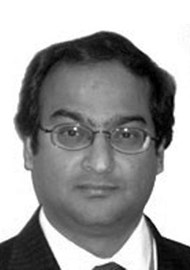Post ablative defects in the maxilla can be extremely complex, involve all three dimensions and result in significant morbidity. Rehabilitation is fraught with difficulties, and a number of options are available, such as an obturator or surgical reconstruction with a free flap. Defects requiring bone do so in 3D and the fibula, iliac crest and scapula are widely used. The main drawback of the scapula can be quality and quantity of bone. This is a retrospective study from the maxillofacial unit in Heidelberg, Germany. They looked at all patients with hemi-maxillectomy defects that were specifically reconstructed with free scapular microvascular flap and had undergone rehabilitation with dental implants.
The study period was January 2011 until January 2015, 42 patients had a free scapular flap, although only 20 were for reconstruction of the maxilla. Four flaps had to be removed and two did not receive any implants. The 14 patients received a total of 50 implants, of which 46 were placed into the transplanted scapula. Three patients needed bony augmentation, prior to implant placement. One had iliac crest onlay and another calvarial onlay grafts. Another patient required iliac crest bone to promote and non-union between scapula and native maxilla. Following the treatment all patients showed normal function with good speech, mastication, swallowing and respiration. They were able to have an unrestricted diet. There was no loss of implants and all were functionally loaded. This is an excellent retrospective study. Traditionally a scapular tip graft has limited bone and placement of implants into this can be fraught with difficulties. However, it is notable that all these reconstructions were done secondarily, and the harvested bone graft was shaped extra-orally on a 3D model. Following that, implants were placed at about a year later. This paper highlights the need to plan the placement of the bone correctly initially to allow for implant placement later.




